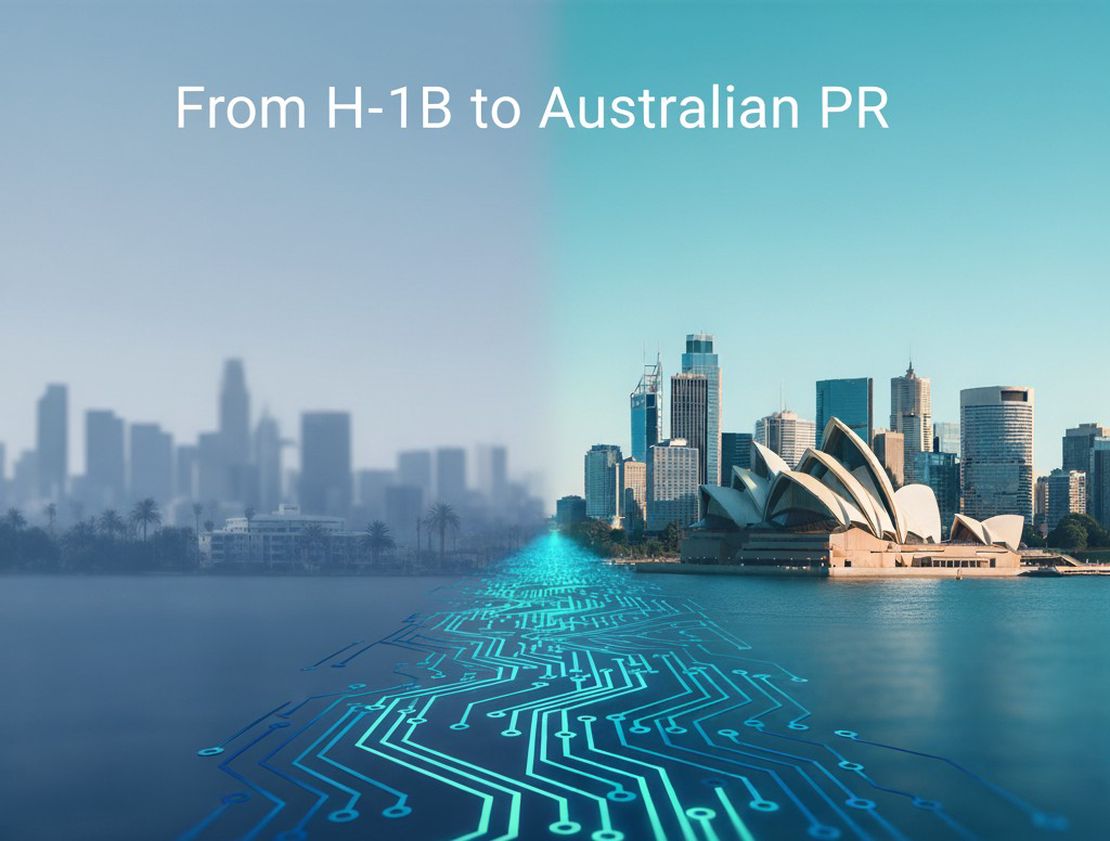The Department of Home Affairs has now published the official details for the 2025–26 Migration Program, following Monday’s announcement that the program would remain at 185,000 places. While the headline numbers were no surprise, the detailed breakdown provides clarity on visa category allocations — though notably, state and territory allocations remain unannounced.
What’s New Since Monday
The department’s update confirms:
- Exact visa category allocations across all streams
- Introduction of the new Talent and Innovation category (4,300 places)
- Transition arrangements for Global Talent visa holders
- Key statistics about onshore vs offshore grants
The Numbers: Full Category Breakdown
Skill Stream (132,200 places - 71% of program)
| Category | 2024–25 | 2025–26 | Change |
|---|---|---|---|
| Employer Sponsored | 44,000 | 44,000 | — |
| State/Territory Nominated | 33,000 | 33,000 | — |
| Regional | 33,000 | 33,000 | — |
| Skilled Independent | 16,900 | 16,900 | — |
| Talent and Innovation¹ | 4,300 | 4,300 | New category |
| Business Innovation & Investment | 1,000 | 1,000 | — |
¹ Includes existing Global Talent and Distinguished Talent applications (now closed) plus the new National Innovation visa
Family Stream (52,500 places - 28% of program)
- Partner: 40,500 (demand-driven)
- Parent: 8,500
- Child: 3,000 (demand-driven)
- Other Family: 500
Special Eligibility: 300 places
The State Allocation Mystery
Here’s what we know — and don’t know — about state allocations:
What’s Happening
Since the overall planning levels for 2025–26 are unchanged from last year, we expect state allocations will likely mirror 2024–25 numbers. The delay appears more bureaucratic than policy-driven — probably just a waiting game at this point.
Who’s Moving Already
Despite no formal allocations being published:
- ACT, NSW and SA have interim allocations and are actively processing applications
- Other states appear to be in holding patterns
- Processing continues for employer-sponsored and other non-state nominated categories
Why This Matters
State nominations account for 50% of the skilled stream (66,000 places combined for State/Territory Nominated and Regional categories). Applicants targeting these pathways need clarity on:
- Individual state quotas
- Occupation priorities by jurisdiction
- Opening dates for nomination rounds
Key Insight: The Onshore Reality
One crucial detail from the department’s update deserves emphasis:
In 2023–24, 61% of permanent skilled visas and 47% of permanent family visas were granted to people already onshore
This means the majority of “new” permanent residents are already living in established Australian households. They’re not adding to housing demand or infrastructure pressure in the immediate term — they’re simply changing visa status.
This onshore bias helps explain why the government maintains confidence in the 185,000 planning level despite ongoing debates about population growth and housing affordability.
What’s Actually Changing: National Innovation Visa
The main structural shift is the transition to the Talent and Innovation category:
- Replaces Global Talent and Distinguished Talent programs
- 4,300 places allocated
- Existing applications grandfathered under original criteria
- Focus shifts toward the new National Innovation visa framework
Reading Between the Lines
Why the Stability?
The unchanged numbers reflect:
- Labour market reality: Critical skill shortages persist across healthcare, tech, trades
- State consensus: Jurisdictions advocated for consistency in planning
- Processing capacity: The department can handle this volume efficiently
- Political balance: Avoids inflaming migration debates while meeting economic needs
The Demand-Driven Asterisk
Partner and Child visas remain “demand-driven” with planning allocations being indicative only. This flexibility ensures family reunification isn’t artificially capped, particularly for children — aligning with Australia’s international obligations.
Action Items While We Wait
For State Nomination Hopefuls:
- Monitor your target state’s website — interim allocations may appear without fanfare
- Prepare documentation now — when allocations drop, nomination rounds can fill quickly
- Consider multiple states — flexibility improves your chances
- Watch ACT, NSW and SA — their interim processing may signal broader patterns
For Other Applicants:
- Employer-sponsored: Full steam ahead with 44,000 places confirmed
- Skilled Independent: Competition remains fierce for 16,900 spots
- Regional pathways: 33,000 places await, but state nomination still required for most
The Bottom Line
While we await state allocations, the broader picture is clear: Australia maintains its commitment to skilled migration at current levels, with a growing emphasis on people already contributing onshore. The delay in state allocations is frustrating but likely procedural rather than signaling policy shifts.
For most applicants, the message remains: prepare thoroughly, target priority skills, and stay flexible on pathways. The places are there — the challenge is positioning yourself to claim one.
Stay Updated
We’ll update this post as soon as state allocations are released. Subscribe to our newsletter for immediate alerts on nomination rounds and allocation announcements.
Previous coverage: Australia’s 2025–26 Permanent Migration Program Confirmed at 185,000 Places
Official source: Migration Program Planning Levels
- 🔔 Need help navigating the wait? Book a consultation





